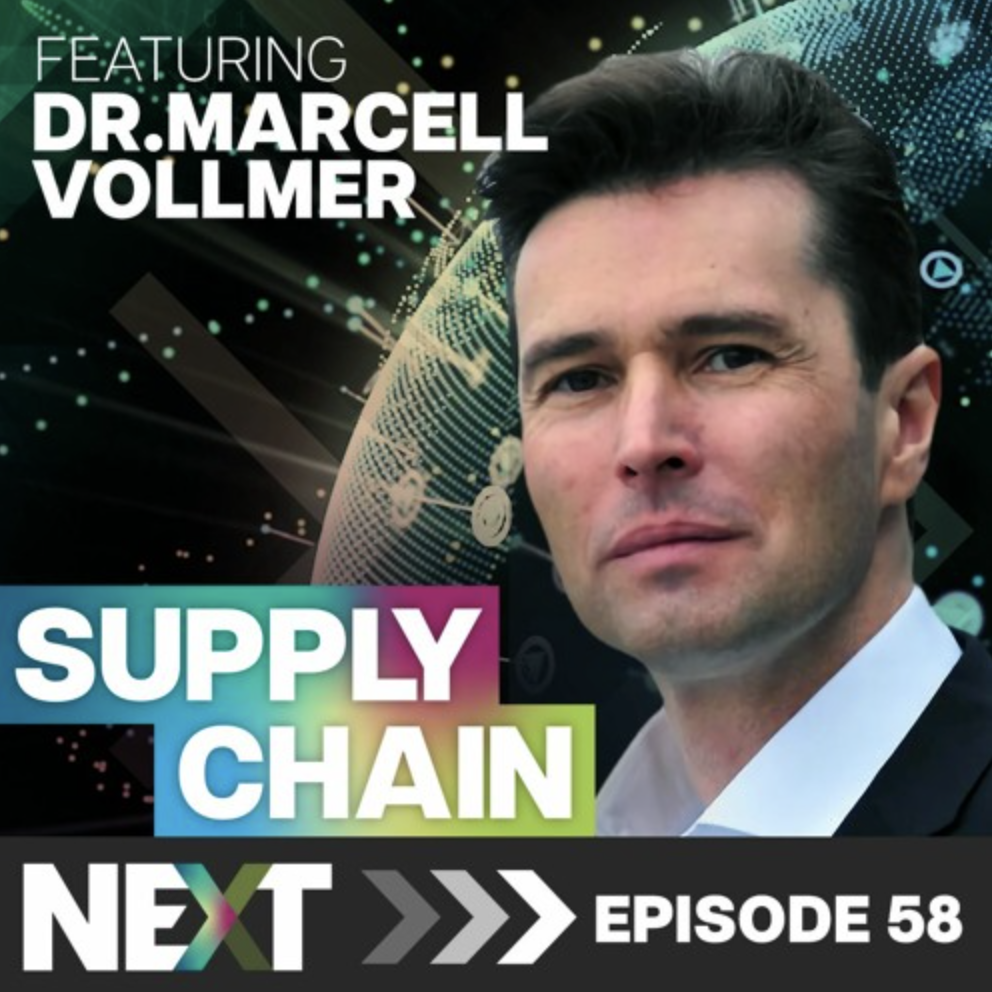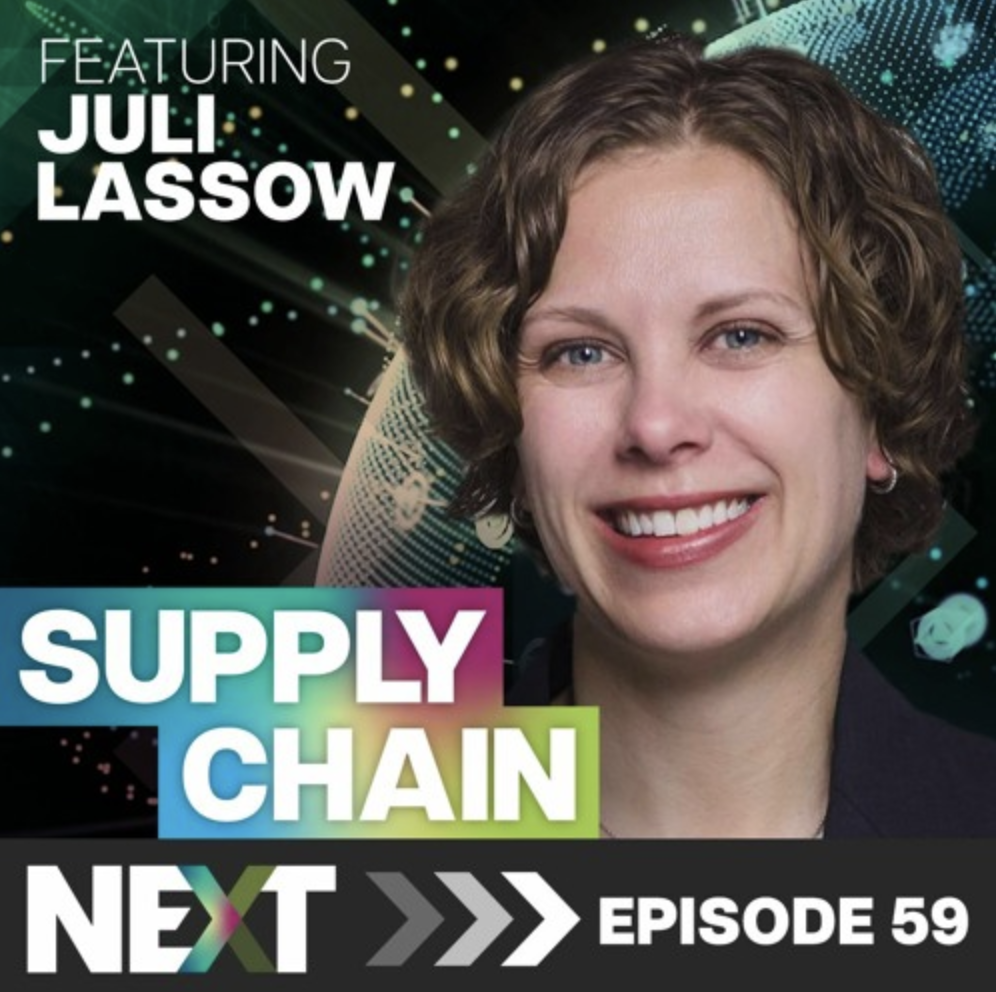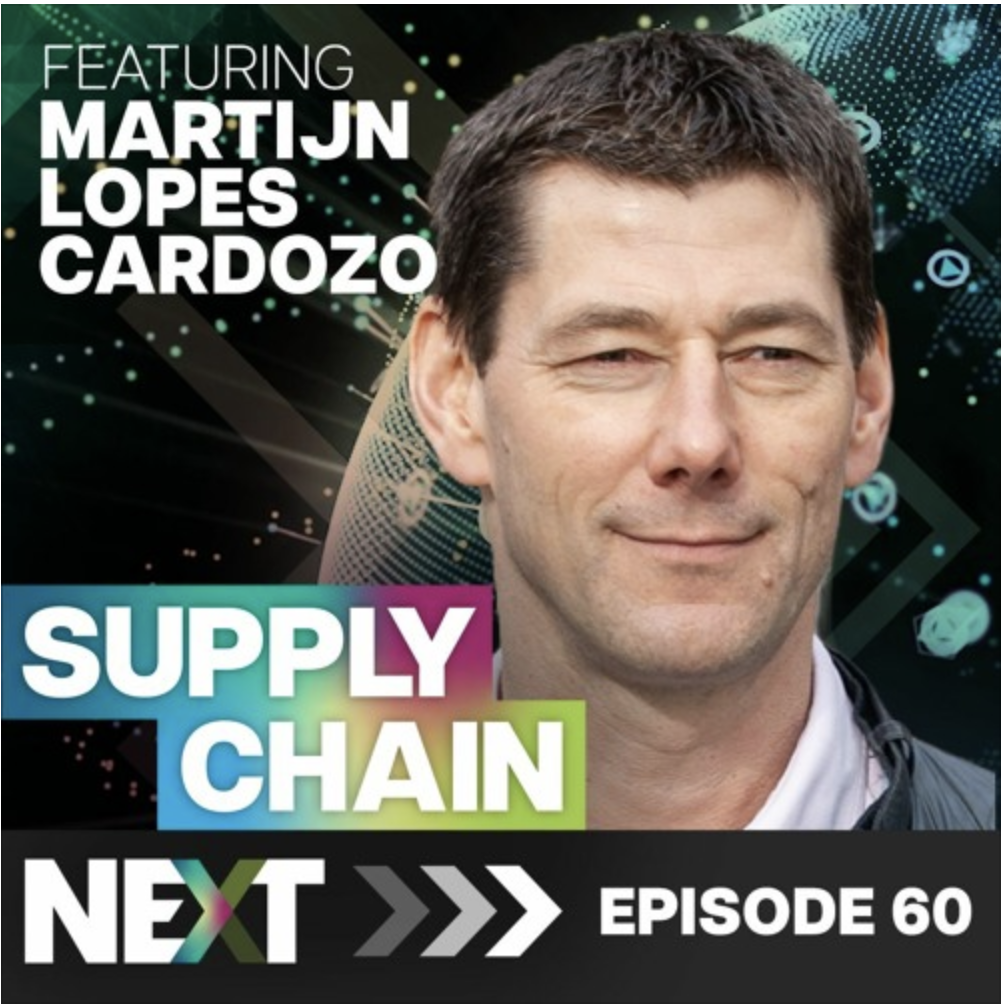Episode 6
Podcast: Dr. John Gattorna on Aligning Supply Chains with Customer Behaviour
Dr. John Gattornais one of the foremost thinkers in supply chain today. He’s an author, consultant, highly sought after speaker, and academic. He also leads Gattorna Alignment, a consulting firm with over 100 successful business transformations to its credit.
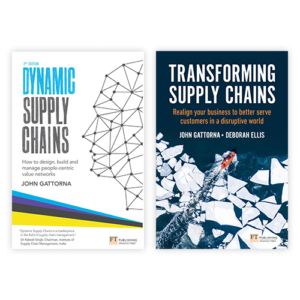 For more than 30 years, Gattorna and his colleagues have been refining the concept of “dynamic alignment”, which theorizes that 80% of customer buying patterns fall into one of five dominant categories. If an enterprise can create adaptive supply chains tailored to these patterns, they will serve their customers better and improve revenue. A big part of dynamic alignment is that it’s essential for subcultures within the business to be reshaped to drive these supply chains and deliver what customers need.
For more than 30 years, Gattorna and his colleagues have been refining the concept of “dynamic alignment”, which theorizes that 80% of customer buying patterns fall into one of five dominant categories. If an enterprise can create adaptive supply chains tailored to these patterns, they will serve their customers better and improve revenue. A big part of dynamic alignment is that it’s essential for subcultures within the business to be reshaped to drive these supply chains and deliver what customers need.
You can explore the full scope of this strategy in Dr. Gattorna’s book Dynamic Supply Chains and in his latest book, Transforming Supply Chains. For a quick introduction you can review this article he wrote for DHL Logistics.
In this episode of Supply Chain Next, Gattorna talks with host Richard Donaldson about his ideas and how they’ve impacted businesses around the world.
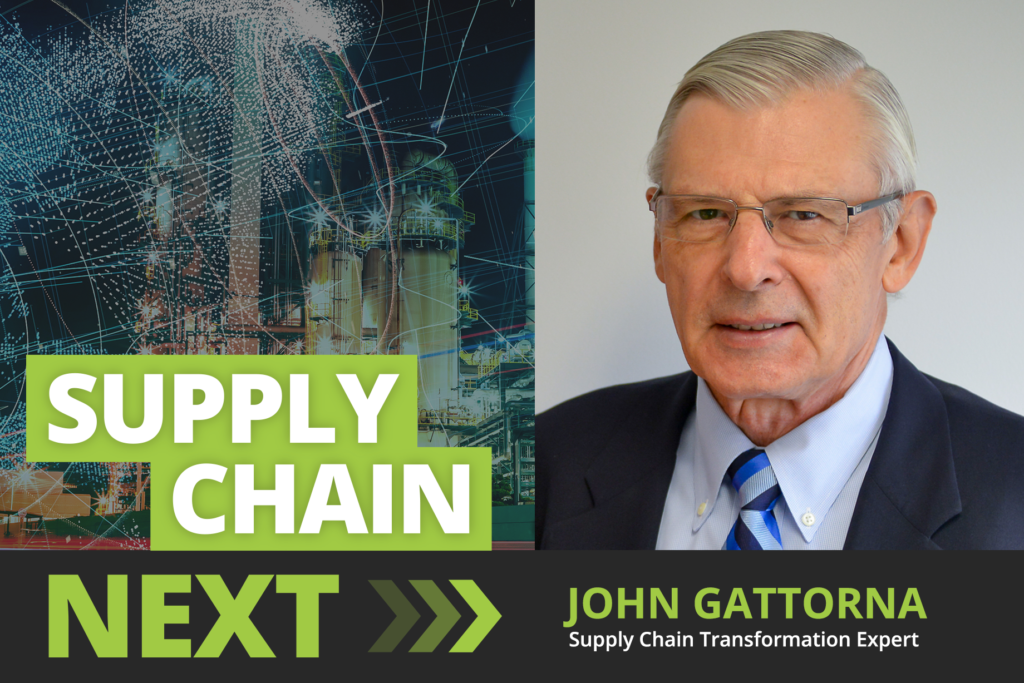
Highlights from the Conversation
Here are just a few of the ideas that came up in the conversation. To get the full impact, listen to the full conversation on Supply Chain Next >
“Supply Chainers Aren’t Born, They’re Made”
- Gattorna started out as a civil engineer, and worked in that field for ten years before doing an MBA. While attending Mark Doctoroff’s elective on what was then called “distribution management”, he developed a fascination for supply chain.
- He did his doctorate at Cranfield University in the UK, then returned to Australia, where he founded Gattorna Alignment.
- As part of his consulting work, he started to develop his theoretical framework for dynamic alignment (originally named strategic alignment). As Gattorna says, “if you can’t conceptualize something, you can’t develop predictive capabilities”. Since then, he has been testing and refining the dynamic alignment framework.
The Importance of Supply Chain
- Supply chain is more pervasive than most people understand. During the global financial crisis (GFC) in 2008, we came closer than anyone realizes to a total halt in global trade because banks couldn’t trust each other with credit. Thankfully, this scenario didn’t materialize.
- Historically, supply chain has been the least respected part of the business. That’s now changing as more people realize that supply chain is the central nervous system of the business— effectively it is the business.
Dynamic Alignment
- The “one size fits all” model just doesn’t work anymore. During the 1970’s there was enough growth to hide a multitude of sins, but that’s definitely no longer the case.
- The basic idea of dynamic alignment is to reverse engineer from the customer back into the business to get the right combination of people, tech, and processes to serve customers, exactly how they want to be served.
- Supply chains are completely agnostic about verticals, and dynamic alignment can be applied to all industries (not just business to consumer industries). If you’re an industrial company, you’ll still have the five main buyer patterns. There’s a temptation to segment along institutional lines, for example, wholesalers, retailers, etc.. But that’s rubbish. These distinctions don’t mean anything because their service needs will mean they buy things along common patterns. We spent 30 years proving this by applying it to over 100 companies.
- Working with Annette Clayton after she moved to Schneider Electric was a great experience. She had liked the early book, Living Supply Chains, and really wanted to get things moving at Schneider. We started out with the Asia-Pacific region, and built scenarios in the model informed by actual customer research, on what they were saying were their expectations. It was a huge success, and from there we moved to other regions of the world and repeated the projects.
The Emphasis on Human Behaviour in Dynamic Alignment
- Supply chains are often thought of as products and equipment and processes, but they’re really driven by people. Regardless of how much tech is involved, people still make at least 60% – 70% of the decisions, albeit based on tech support in most cases these days.
Digitization and the Impact of Globalization
- The inhibitor to digitization always comes down to data, and getting it out in a usable form.
- The internet and subsequent globalization had a big impact on supply chain development, and led to it becoming fully operationalized.
- Tech is still driving the transformational journey, but so is the disruptive, volatile era we now live in. It is a disrupter and ally at the same time.
- Forecasting no longer works: there are just too many ups and downs. To cope, businesses have to develop what Colin Benjamin called “tensile integrity”. To understand this, imagine a balloon. If you push hard enough on it, you can crush it. But if the internal push outwards is greater than the external forces for change, the business will thrive. In other words, you can only fight volatility with volatility. Disruption is only uncomfortable if you’re unable to adapt— as are companies with strict vertical hierarchies.
- The clothing chain Zara is a great example of the kind of adaptive ability businesses need. Few markets are more volatile than the world of fashion. To adapt, Zara has developed a clock-speed (or internal rhythm) that’s twice as fast as their nearest competitor: 15 days from design to products available on the rack. A process like this eliminates overstocks, markdowns, and inventory obsolescence. Decisions simply need to be made faster in order to survive in the ‘new normal’ world.
Key Attributes of a Successful Transformation Strategy
- We’re hanging on to a 200-year old industrial revolution way of organization design. We have to understand that there may be a current supply chain vertical in a business (the actual logistics, etc.) but there’s also a supply chain philosophy that flows horizontally throughout the business, because customers buy horizontally: marketing is in touch with the demand signal, sales is part of answering the demand. Supply chain touches all the functions on the way to the customer.
- The most important thing is to start with a clear objective and framework for what you’re trying to do.
- Make a distinction between “business as usual” and “the innovation incubator”. If you mix them up, the big, grinding processes of business as usual will crush the shoots of transformational growth.
- In other words, start with a smaller, more manageable project. Many companies have an innovation hub where they test out new strategies, and when things work, they move them over to the core business.
- Bring a ‘startup’ mentality into the business to foster change. No one has all the answers; we’re all learning as we go.
- The information you need will determine the specific design for your business. The transformation process works like this:
- Sort out your frame of reference and segment the customers into the five buying behaviour types. Any product can go down any of these lanes, depending on how customers are buying.
- Use this to figure out what data you need, both strategic data and operations data. At this point you’re halfway there, and can start figuring out how you’re going to collect that data. For example, possibly you might need IoT-enabled sensors to collect information on equipment function or output.
- Start analyzing the data.
- This leads to establishing control towers for all your moving pieces, and seeing things moving in real time. You’ll become proactive in working with customers, not just responding reactively.
- Use the data to run the business rather than just collect unstructured “data lakes”.
What Will be Happening in the Supply Chain Domain in the Next Few Years
- Transformation and top-line growth will synch in more businesses as they start to apply the ‘flywheel’ effect. This was a term coined by Jim Collins, whose work for Amazon was instrumental in the massive growth they have experienced since 2001. When the flywheel effect takes hold it builds momentum in supply chain, partly due to the faster decision-making.
- Sustainability will become increasingly important: not only will we have to be able to do everything faster and for lower cost, but also more sustainably as well.
- Supply chain will no longer be thought of as a cost, but as a top-line revenue generator.
- We will have to fix procurement, and segment suppliers the same way we do our customers, and the supply chains that serve them.
In 2020, Dr John Gattorna will be organizing and leading a number of conferences around the world, and promoting his new book Transforming Supply Chains, co-authored with Deborah Ellis. He also plans to work with more companies on supply chain transformation, and continue his campaign to further develop the science of supply chains.
Follow John Gattorna on LinkedIn>
More Episodes
You can listen to our audio tracks and read highlights for each episode below.
We’ve also started publishing video episodes on our YouTube channel.
058 – Dr Marcell Vollmer – Tech in Supply Chain, and the Sustainability Shift
Supply Chain Next · 058 – Dr Marcell Vollmer – Tech in Supply Chain, and the Sustainability Shift Meet Dr. Marcell Vollmer Dr. Marcell Vollmer, a renowned expert in the fields of digitalization, innovation, and sustainability. Marcell is a sought-after speaker and author that has dedicated his career to helping companies and individuals navigate the rapidly…
059 – Juli Lassow – Revolutionizing Retail, Sustainable Strategies, & the Future of Partnerships
Supply Chain Next · 059 – Juli Lassow – Revolutionizing Retail, Sustainable Strategies, & the Future of Partnerships Juli Lassow ,founder of JHL Solutions Meet Juli Lassow Juli Lassow, an accomplished retail professional, speaker, writer, and sustainability advocate, is the founder of JHL Solutions, a consultancy focused on creating outstanding private-label partnerships. With a deep…
060 – Martijn Lopes Cardozo – Circular Supply Chain
Supply Chain Next · 060 – Martijn Lopes Cardozo – Circular Supply Chain Martijn Lopes Cardozo, CEO at Circle Economy Meet Martijn Lopes Cardozo Martijn, a seasoned entrepreneur, has an impressive track record of establishing prosperous ventures within the realms of software, mobile, and digital media in California. Upon returning to the Netherlands, he…

